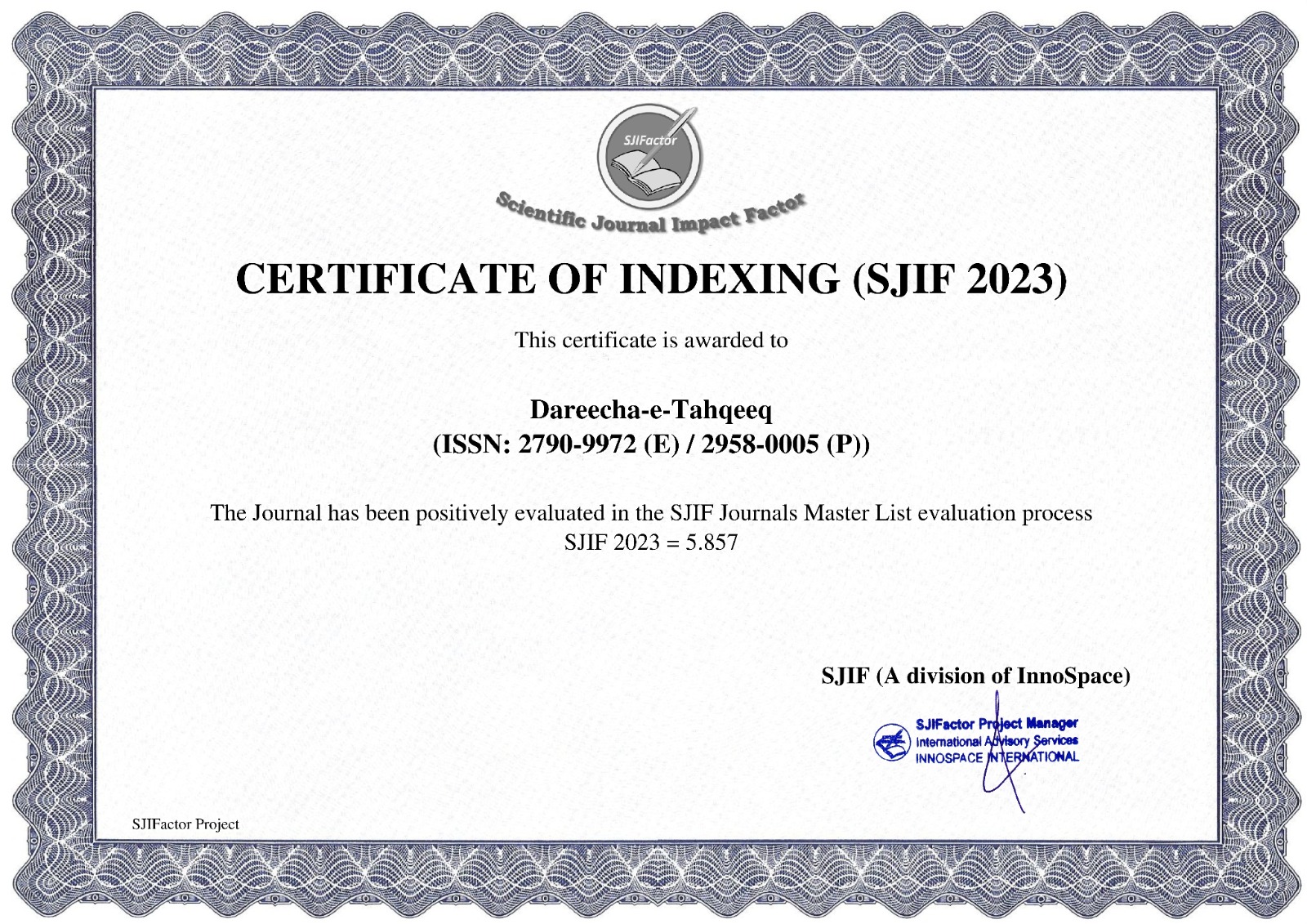The Story From Islamic Architecture To Modern Architecture: In Context of ‘‘Aasaar.us.Sanadeed’’
DOI:
https://doi.org/10.58760/dareechaetahqeeq.v2i2.19Keywords:
Aaasar-us-Sanadeed,, scholarship, obscurityAbstract
In 1847, the Muslim educationist Sir Sayyed Ahmad Khan (1817-1898) published an Urdu text entitled Aaasar-us-Sanadeed, listing and describing all notable buildings and monuments of Delhi. His work so impressed British scholars in Delhi that he was invited to join the Royal Asiatic Society and to write a second, improved edition intended for translation into English. Unfortunately, the translation was never written. Aaasar-us-Sanadeed was nonetheless a landmark text in the field of Indo-Islamic architectural history. Sir Sayyed was one of many local Indian scholars producing architectural and archaeological histories of the Subcontinent in the nineteenth-century. Yet their names are generally unknown and their research lost in obscurity.Early twentieth-century western scholarship paid them little attention and an image formed which saw decades that this belief has been contested nineteenthcentury historiography only serving an Orientalist vision of Indian art and archaeology. This article represents an outlook, describing major monuments of Delhi architecture as examined by Sir Sayyed Ahmad Khan in the mid nineteenth-Century.





















